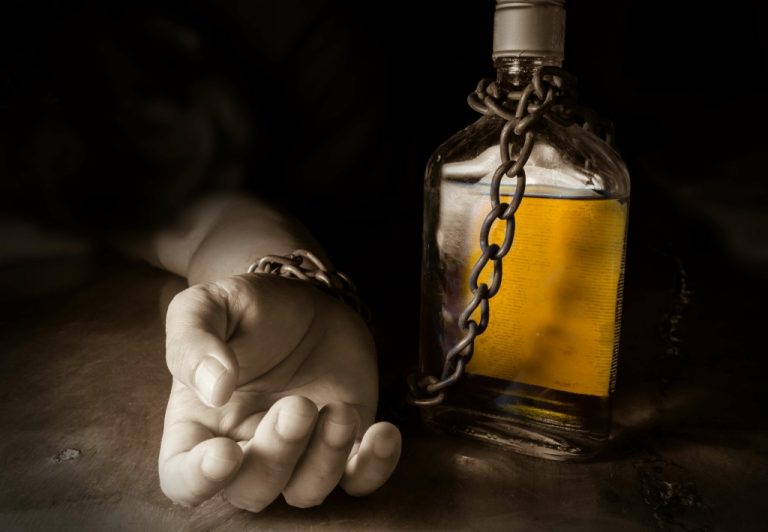They are usually caused by issues with certain areas of the brain that control muscle movement. Each recovery program incorporates individual, group, and family therapy to ensure that recovery becomes a process built on a caring and supportive community, not isolation or stigma. Family and close friends who understand and support your recovery goals are an invaluable asset to recovery. Many of those recovering from substance use feel alone in their struggle for sobriety. The more people in your personal network that you trust to support your journey, the more likely you are to be successful. Check with your doctor for recommendations regarding vitamin and mineral supplements.

Not drinking breaks the cycle of consuming and withdrawing from alcohol. If you are experiencing alcohol withdrawal, seek medical attention immediately, especially if you’ve been drinking heavily for a long time. There are prescribed medications that can help ease the symptoms of alcohol withdrawal, including tremors. Ask your doctor if either benzodiazepines or baclofen may be appropriate to help manage withdrawal symptoms. To that end, alcohol shakes—also known as “tremors”—can take many different forms, and it often occurs during the alcohol detox process. Typically, people tend to label someone with the shakes as an “extreme” AUD sufferer, most likely in their later years of alcoholism.
Speak to an addiction specialist now
If you turn to alcohol to manage emotional distress, the added overwhelm can prompt the urge to drink, making success seem even more out of reach. Turner notes the importance how to stop alcohol shakes at home of bringing along a trusted support person when attending events that involve alcohol. It’s often easier to turn down a drink when you don’t have to do it alone.
The phenomenon is common enough to have its own hashtag, #hangxiety, on social media. Alcoholic drinks have a depressant effect, and this inhibits the functions of the neurotransmitter which partially numbs the body, leading to that feeling of intoxication. For dedicated drinkers, this is highly problematic as the brain has adapted to the constant presence of ethanol in the body to maintain fairly constant homeostasis. Various factors influence this duration, such as the severity of alcohol dependence for the individual experiencing the shakes.
Getting Help With Alcoholic Epilepsy
Unlike regular alcohol tremors, DT is a medical emergency and can be life-threatening if it’s not treated. DT’s are less common than regular alcohol tremors, occurring in about 5 percent of https://ecosoberhouse.com/ patients going through withdrawal. DT’S will typically appear around 2-4 days after a person’s last drink. Alcohol shakes, also known as tremors, are a common sign of alcohol withdrawal.
